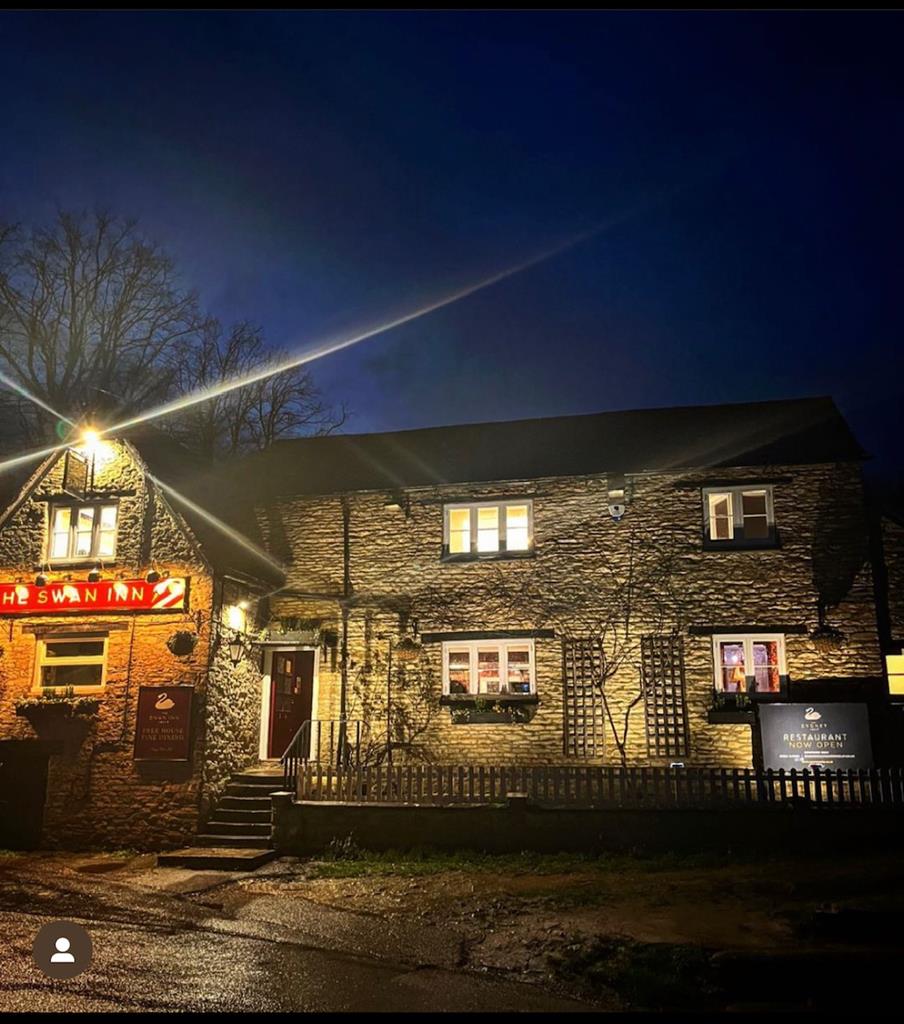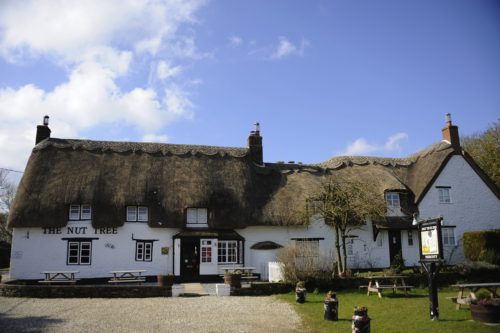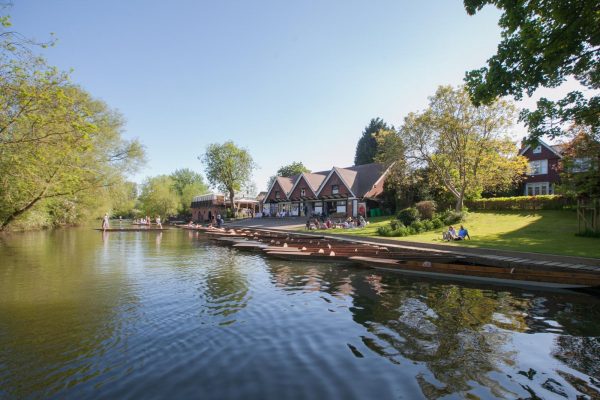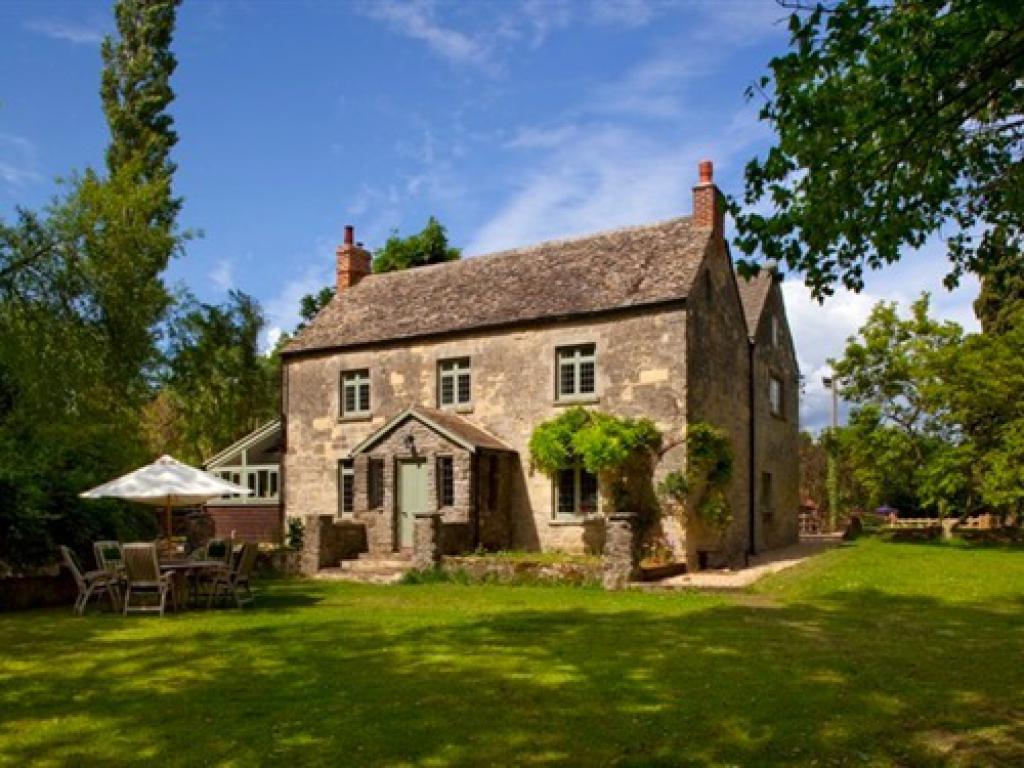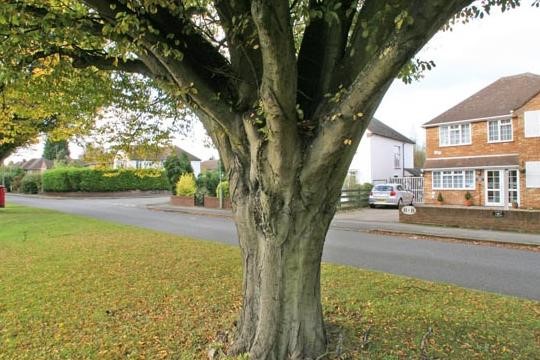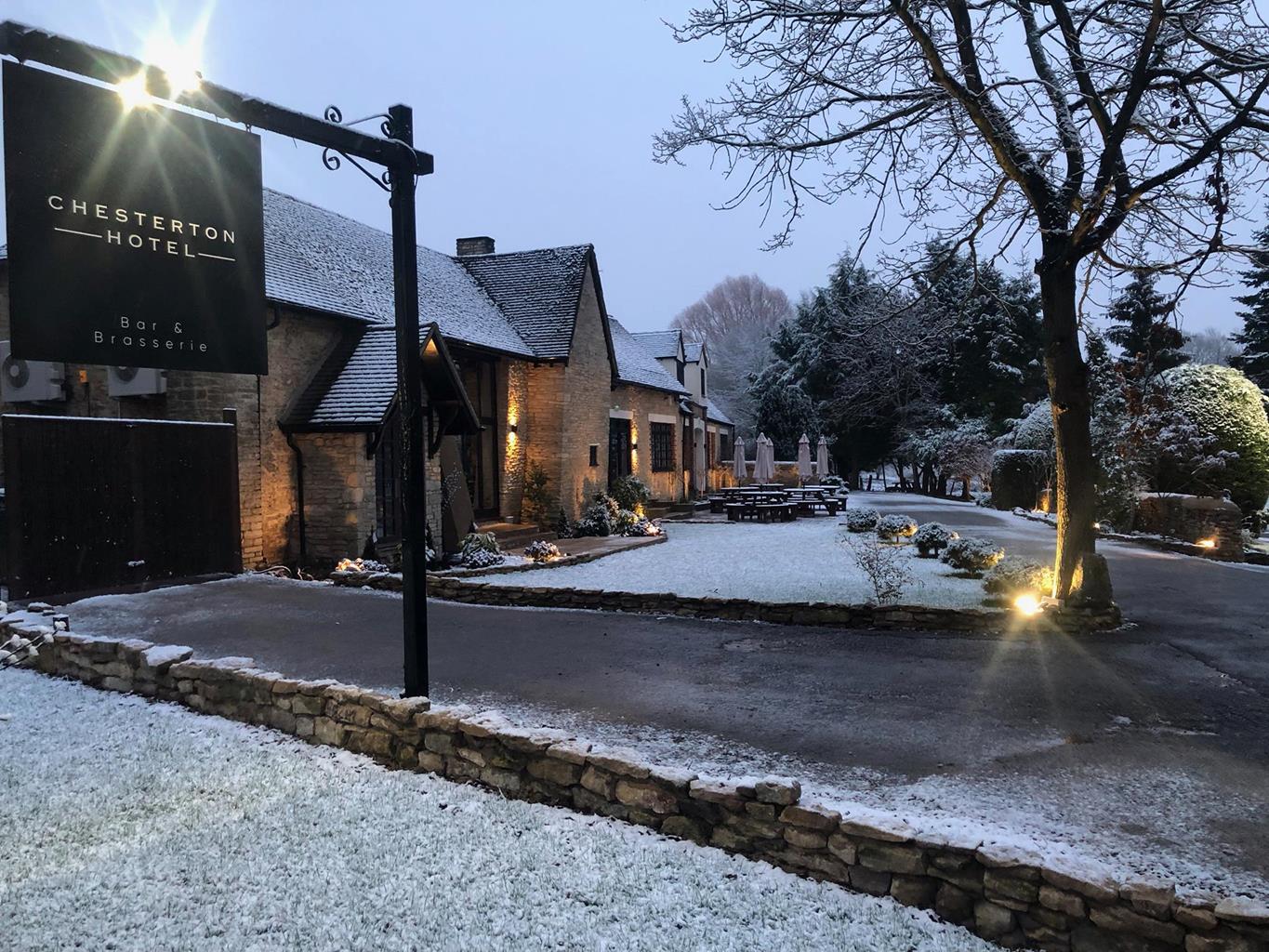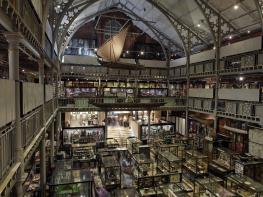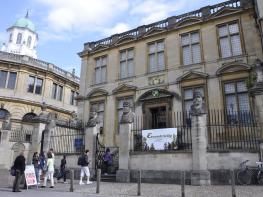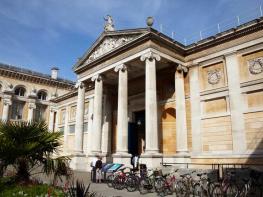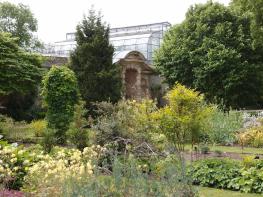Hill Farm is set in extensive grounds, conveniently close to the city centre. It’s a comfortable…
Oddington and the Oxfordshire Way

3.25 miles (5.3kms)
About the walk
Deserted, desolate Otmoor has provided rich pickings for some of our best-known writers over the years. Visit the hilltop village of Beckley on its southern edge and you can appreciate why Lewis Carroll was supposedly struck by the view of this primitive landscape. It is said that the vista, a patchwork of fields and hedgerows and endless acres of sedges and rushes, inspired him to write about the giant chessboard in Alice Through the Looking Glass, published in 1872. Beckley is also the setting for R. D. Blackmore’s novel Cripps the Carrier (1877). Blackmore made his name as the author of the West Country masterpiece Lorna Doone (1869). The Scottish-born writer and statesman, John Buchan, famous for his classic spy thriller The Thirty-Nine Steps (1915), lived in the nearby village of Elsfield and described Otmoor in his novel The Blanket of the Dark (1931).
In keeping with Otmoor’s reputation for literary magic, myth and legend, the village of Noke, visited on this walk, is noted for a charming rhyme:
‘I went to Noke and nobody spoke,
I went to Beckley and they spoke directly.’
The residents of Noke apparently had a reputation for being reticent, it seems. A visit to the church of St Giles reveals that the name ‘Noke’ means ‘at the oak trees’ and the earliest reference to the village is 1086. At that time the area was heavily wooded but today very little remains of the trees. The font at St Giles was given to Gundreda, youngest daughter of William the Conqueror, who was also lady of the manor at Noke. The church also includes the tomb of Benedict Winchcombe who lived nearby and died in 1623. It is reputed that the figure of Winchcombe can still sometimes be seen and heard on Otmoor on cold winter nights, leading the hunt through Noke.
The walk begins at another notable Otmoor church - St Andrew’s at Oddington. From the churchyard, which includes a seat commemorating the 50th anniversary of the Allied Victory in Europe in 1945, there are memorable views of timeless Otmoor and the surrounding area. The church, which boasts a 13th-century tower, a 14th-century chancel, and an 1810 porch, has undergone restoration which included the introduction of an indoor lighting system, heating installed beneath the pews and the strengthening of plasterwork. The cost of the restoration work - £110,000 - was met by grants and a series of fundraising events planned over several years; church members were sponsored to cycle 60 miles from Winchester to Islip and a 70-year-old local man raised over £6,000 by walking 500 miles through Spain, completing the trek in 26 days.
Walk directions
Walk away from Oddington, keeping St Andrew’s church on the left. Pass Rectory Farm on the right and follow the road round to the right. About 70yds (64m) before the entrance to Logg Farm, turn left at the footpath sign for Noke. Go through a wooden kissing gate and then cross the rectangular field diagonally. Keep to the right of the farmhouse and exit to a track.
Cross over to follow the track opposite, following it as it sweeps round the side of the farm outbuildings. Approaching a detached house, bear right to join a grassy path. Cross a track to a stile and follow the path beside a ditch. Cross the River Ray and beyond the second footbridge turn right to skirt the field. Approach a gap in the boundary, turning left immediately before it, keeping the field edge on your right. Cross into the next pasture and make for the corner, joining a track running between hedges. Pass a large circular tank on the left and when the track splits, bear left in front of Manor Farm.
When the track bends right to the farm, go straight on, following the path beside a ditch. Join a bridleway and keep ahead along a drive to the road by Rectory Cottage. Keep left, following the Oxfordshire Way, and soon you reach Manor House on the left, the home of the artist William Logsdail. Pass Rectory Farm and a bridleway for Woodeaton and further on is another path, representing the continuation of the Oxfordshire Way. Continue towards Lower Farm and Hill End Farm and bear left when the track forks.
Pass a pond and beyond it you go over a bridge to a junction with double gates in front. Turn left and eventually you join a stony track. Keep ahead, cross a concrete bridge over the River Ray and continue with the river on your left. Some of the walk’s earlier features – including Oddington church and Logg Farm – can be seen in the hedge gaps. On reaching another concrete bridge, turn left and walk back into Oddington. Bear left at the road, pass a telephone box and head back to the vicinity of St Andrew’s church where the walk started.
Additional information
Road, low-lying field paths and tracks
Remote wetland
Under control around Oddington
OS Explorer 180 Oxford, Witney & Woodstock
Limited near the church at Oddington
None on route
WALKING IN SAFETY
Read our tips to look after yourself and the environment when following this walk.
Find out more
Also in the area
About the area
Discover Oxfordshire
Located at the heart of England, Oxfordshire enjoys a rich heritage and surprisingly varied scenery. Its landscape encompasses open chalk downland and glorious beechwoods, picturesque rivers and attractive villages set in peaceful farmland. The countryside in the northwest of Oxfordshire seems isolated by comparison, more redolent of the north of England, with its broad views, undulating landscape and dry-stone walls. The sleepy backwaters of Abingdon, Wallingford, Wantage, Watlington and Witney reveal how Oxfordshire’s old towns evolved over the centuries, while Oxford’s imposing streets reflect the beauty and elegance of ‘that sweet city with her dreaming spires.’ Fans of the fictional sleuth Inspector Morse will recognise many Oxford landmarks described in the books and used in the television series.
The county demonstrates how the strong influence of humans has shaped this part of England over the centuries. The Romans built villas in the pretty river valleys that thread their way through Oxfordshire, the Saxons constructed royal palaces here, and the Normans left an impressive legacy of castles and churches. The philanthropic wool merchants made their mark too, and many of their fine buildings serve as a long-lasting testimony to what they did for the good of the local community.
Nearby stays
Restaurants and Pubs
Nearby experiences
Recommended things to do
Why choose Rated Trips?
Your trusted guide to rated places across the UK
The best coverage
Discover more than 15,000 professionally rated places to stay, eat and visit from across the UK and Ireland.
Quality assured
Choose a place to stay safe in the knowledge that it has been expertly assessed by trained assessors.
Plan your next trip
Search by location or the type of place you're visiting to find your next ideal holiday experience.
Travel inspiration
Read our articles, city guides and recommended things to do for inspiration. We're here to help you explore the UK.

